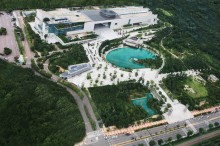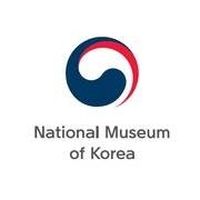National Museum of Korea
Since its establishment as the Imperial Museum of Korean Empire in Seoul in 1909 and relocation of museum sites several times, the National Museum of Korea (NMK) reopened on a site of 307,227 square meters (building area: 45,438 square meters) in Yongsan, Seoul on October 28, 2005.
Yongsan is backed by the expansive Mt. Namsan and fronted by the Han River. It is the geographic heart of the nation’s capital Seoul. Reborn as a “cultural complex” that all Koreans could enjoy, the mission of the NMK was now not only to preserve and display relics but also to host a variety of programs, such as the Children’s Museum and cultural events linked to exhibitions.
NMK houses more than 220,000 collections from the prehistoric era to the Joseon Dynasty Period(1392-1910). It also established Asia Gallery which is designed for a better understanding of universality and diversity of Asian cultures representing the unique characteristics of each country. In July 2010, the museum’s permanent hall reformed and the galleries are retitled as Prehistory and Ancient History Gallery, Medieval and Early Modern History Gallery, Calligraphy and Painting Gallery, Sculpture and Crafts Gallery, Donations Gallery and Asia Gallery.
Collection size: over 220,000 pieces Collection: Korean archaeological artefacts, ceramics, paintings, metalwork, sculpture and various artefacts from India, Southeast Asia, Central Asia, China and JapanView all Korean Asia-Europe Museum Network members
Similar content
from - to
13 Sep 2012 - 15 Sep 2012
posted on
06 Sep 2010
posted on
01 Feb 2012
posted on
28 Mar 2012
posted on
26 Oct 2012
14 Mar 2015


